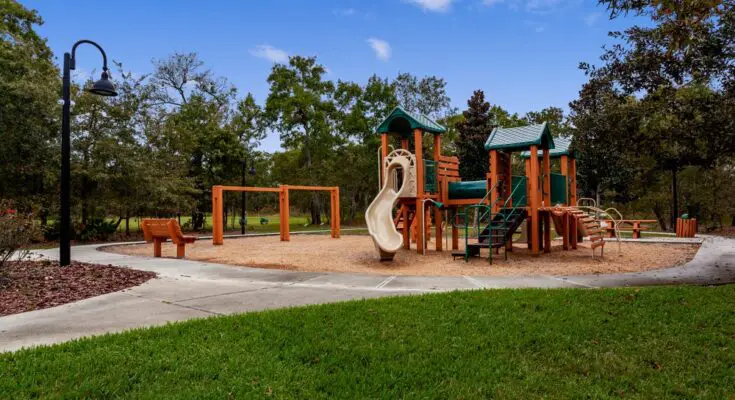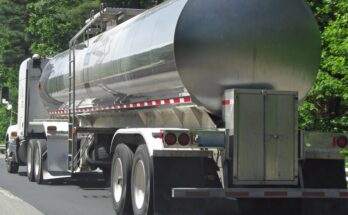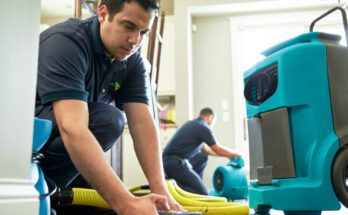Whether you’re planning a park or updating a schoolyard, the choice of playground surface is a major decision that impacts safety, usability, and overall experience. With so many options available, you need to find the right surface that meets your needs, whether that’s maximizing safety, keeping costs low, or enhancing accessibility. Explore the types of playground surfaces and their unique benefits to help you make a well-informed choice.
1. Poured-in-Place Rubber
Poured-in-place (PIP) rubber surfaces are a popular choice, and for a good reason. Known for their seamless finish, they provide excellent safety by offering a smooth and impact-absorbing surface that reduces the risk of injuries from falls. Their slip-resistant properties make them accessible for children of all abilities, including those using wheelchairs.
On top of that, PIP surfaces are low maintenance and withstand heavy use and weather changes, making them perfect for high-traffic playgrounds. Additionally, they come in various colors and designs, making them as visually engaging as they are functional.
2. Rubber Tiles
Rubber tiles are a great pick if you’re looking for a durable and versatile option. These interlocking tiles are easy to install and replace, making them particularly useful for spaces that may require modifications. Their excellent shock absorption quality provides a safe landing for active children, while their modular design allows for creative patterns and layouts that add character to the playground.
3. Engineered Wood Fiber (EWF)
Engineered wood fiber is one of the most budget-friendly surfaces, striking the perfect balance between cost and performance. Its natural look gives play areas a welcoming, earthy aesthetic that blends well with outdoor environments. EWF meets safety standards by offering good shock absorption when installed properly.
This surface is ADA (Americans with Disabilities Act)-compliant, providing accessibility for children with mobility aids. Regular maintenance, such as raking and topping up material, is necessary to maintain its safety and appearance, but EWF remains a cost-effective favorite for many.
4. Synthetic Turf
Synthetic turf delivers on all fronts for those looking to combine durability and aesthetics. There are many advantages of artificial turf for playgrounds, such as its cleanliness and impact absorption. Synthetic turf is highly versatile, allowing kids to play comfortably year-round, regardless of rain or shine.
Its low-maintenance nature means there’s no need for mowing, watering, or fertilizing, making it a cost-effective option over the long term. Plus, it pairs well with cushioned layers underneath for added shock absorption and safety.
5. Loose-Fill Materials (e.g., Sand and Gravel)
Loose-fill materials like sand and gravel offer an affordable option for playground surfaces. Their natural feel creates a classic, nostalgic playground vibe while providing an interactive element for kids who enjoy playing with the material.
However, loose-fill surfaces aren’t without drawbacks. They require frequent maintenance to ensure proper depth for safety and to minimize debris like glass or dirt that might accumulate. Additionally, these materials shift easily, leading to uneven surfaces that might pose accessibility challenges.
There are many types of playground surfaces with different benefits in safety, accessibility, and overall enjoyment. Each option has unique strengths, and the best choice depends on your priorities. Create a playground that delights kids and provides peace of mind for parents and educators.



